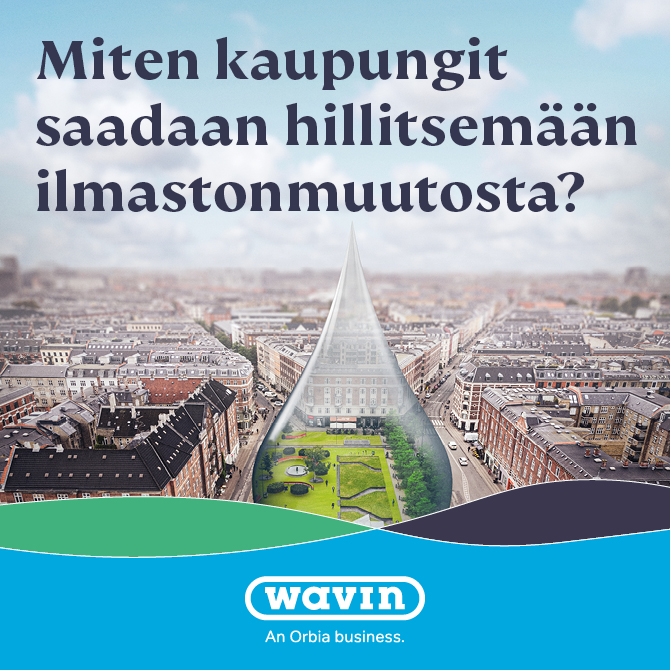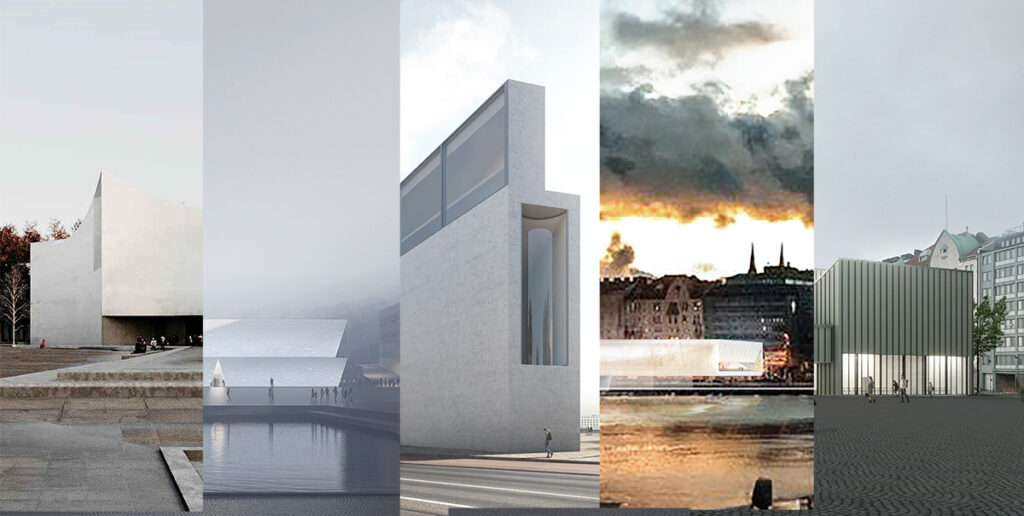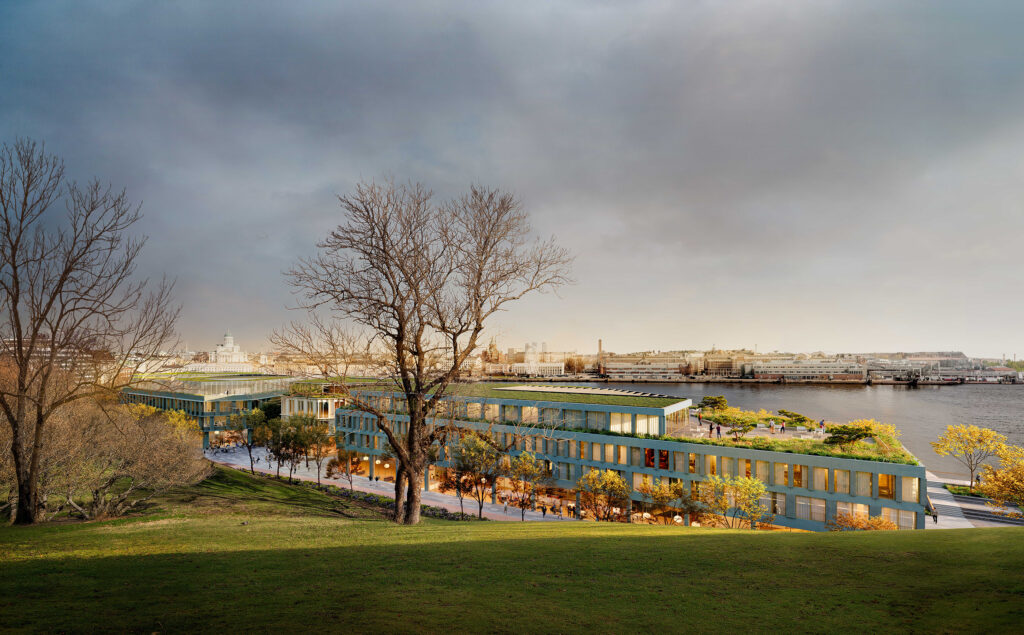Let’s Take a Pause on the New Museum of Architecture and Design
Do we clearly understand why the museum requires an entirely new building, especially at a cost of one hundred million euros, ask Pedro Aibéo and Mark Linder.
Helsinki stands at a crossroads. Soon, the city will announce the winning design for its new museum of architecture and design. Over six hundred designs were submitted, and now five remain. Yet, in our eagerness to declare a winner, perhaps we’ve overlooked an essential step: pausing to question if this project still makes sense.
As residents of Helsinki, we must reflect carefully. Have we fully grasped the vision behind the museum, or are we merely enchanted by the idea of a new landmark? Do we clearly understand why this museum requires an entirely new building, especially at a cost of one hundred million euros?
The project was initiated in the wake of the flawed Guggenheim initiative. At the time, cultural priorities and economic realities were different. Geopolitical alignment meant Helsinki could confidently plan for significantly expanded tourism from all countries. Today, we are living with excess hotel capacity.
We must consider carefully what a new museum is meant to achieve – not just for today, but for generations to come.
Why, then, is a pause necessary? Here are three reasons.
Firstly, the vision guiding this museum project is outdated. It relies heavily on the assumption that spectacular architecture alone creates its own justification, culturally and economically.
In an era facing climate concerns that we in Europe are still focused on, not to mention economic uncertainty, such a narrow vision is insufficient. We must embrace a broader perspective that includes sustainability in all its dimensions – environmental, economic, and social.
Secondly, transparency has been inadequate throughout the decision-making process. Though citizens could comment on proposals, genuine dialogue has been scarce. True participation is more than posting opinions online; it involves meaningful interaction, discussion, and influence over outcomes.
Thirdly, the selected location in Helsinki’s South Harbour overlooks opportunities to revitalize other underutilized parts of our city. Rather than concentrate investment and attention solely on one prime central area, we could choose to invigorate neighborhoods further afield, helping to foster a polycentric city rich in diverse, thriving communities.
Moreover, the proposed museum’s focus is limited. It emphasizes only exhibition space, omitting research facilities and archives. In pursuing only an iconic façade, we neglect the deeper mission museums must fulfill – education, preservation, and community engagement. The irony is striking: while planning this grand new structure, Helsinki risks reducing funding and even closing existing cultural institutions.
Yet, this pause we propose is not simply a delay. It represents an opportunity for Helsinki to rethink how we plan and execute public projects.
Rather than prioritize the building itself, let us shift focus to methodology. By embracing adaptive reuse – renovating existing buildings rather than building anew – we gain immediate environmental benefits and maintain vital connections to our city’s heritage.
Many global examples illustrate the success of decentralized urban development. Stockholm transformed Kista into a technological hub, and Södertälje emerged as an industrial and cultural center. Copenhagen’s 1947 and regularly-updated “Finger Plan” revitalized previously overlooked areas like Ørestad and Nordhavn. Finland itself has successful precedents, such as Espoo Modern Art Museum Emma, set in a former printing house.
Thus, our plea is simple: let us pause, re-evaluate, and possibly redirect this museum project toward a broader goal. Instead of reacting to developers’ ideas, Helsinki can lead by articulating its own vision – one that genuinely serves its citizens.
Concrete steps are needed now. We propose establishing a multidisciplinary team to reassess the museum project’s goals, location, and scope. Let this group explore alternative sites, particularly areas ripe for renewal. And importantly, we urge a process built on transparency and genuine inclusivity, ensuring significant citizen participation.
The museum project could become the first step toward a lasting transformation – a model for how Helsinki handles urban development projects in the future. It isn’t merely about creating another architectural spectacle. Instead, the museum could symbolize a new, inclusive method that balances ambition with responsibility.
We invite all stakeholders – city leaders, planners, architects, and citizens – to join this critical conversation. Before finalizing any decisions, let us pause, reflect, and collectively shape a sustainable, democratic future for Helsinki.
PEDRO AIBÉO
MARC LINDER
Architectural Democracy






